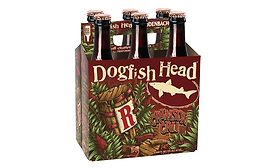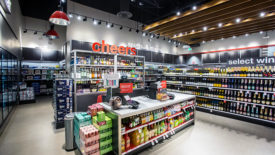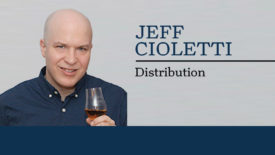Home » Publications » Beverage Industry Magazine
Beverage Industry Magazine

2022 November
Cover Story
Back to TopCover Feature
Beer segment faces increasing competition from beyond beer, non-alcohol
Read More
Features
Back to TopChannel Strategies
Mass merchandisers struggle amidst inflation
Competitive prices have caused the channel to fall flat
October 31, 2022
Operations
Sustainable buildings, features boost operation’s efficiency
Government incentives, outdated systems prompt interest in sustainable facilities
October 28, 2022
Up Close With
California’s Steeped Coffee values sustainability
Steeped’s teabag format promotes ease, fights pollution
October 27, 2022
Beverage R&D
Natural glam drives color solutions in beverages
Functional beverage trends, international influence driving color concepts
October 25, 2022
Category Focus
Dairy milk, alternatives market impacted by inflation
Changing prices and trends influence consumer choice
October 24, 2022
Packaging Equipment
Plastic bottle manufacturing equipment addresses energy usage, diagnostics
Self-regulating practices minimize need for human intervention with preforms
October 18, 2022
Columns
Back to TopDistribution
How to make your beverage fleet insurer ready
Fleets managers can take steps to help minimize insurance costs
October 31, 2022
Between Drinks
Health and beauty from the inside out
Research indicates a holistic need to improve inner and outer wellness
October 20, 2022
Ingredient Spotlight
Protein shows its all-inclusive appeal for beverage solutions
Ingredient’s usage increases as consumers take proactive approach to health
October 21, 2022
Warehouse
Easily integrated software packages boost warehouse efficiencies
Warehouse software solutions address beverage operations’ many challenges
October 19, 2022
Operations Perspective
The other faces of the beverage supply chain
Management of sub-supply chains necessary for beverage operations
October 17, 2022
Beverage Beat
Consumer interest in non-alcohol peaks in January
Celebrities, international brands look to capitalize on growing alcohol-free interests
October 14, 2022
Elevate your expertise in the beverage marketplace with unparalleled insights and connections.
Join thousands of beverage professionals today. Shouldn’t you know what they know?
JOIN NOW!Copyright ©2025. All Rights Reserved BNP Media.
Design, CMS, Hosting & Web Development :: ePublishing
















